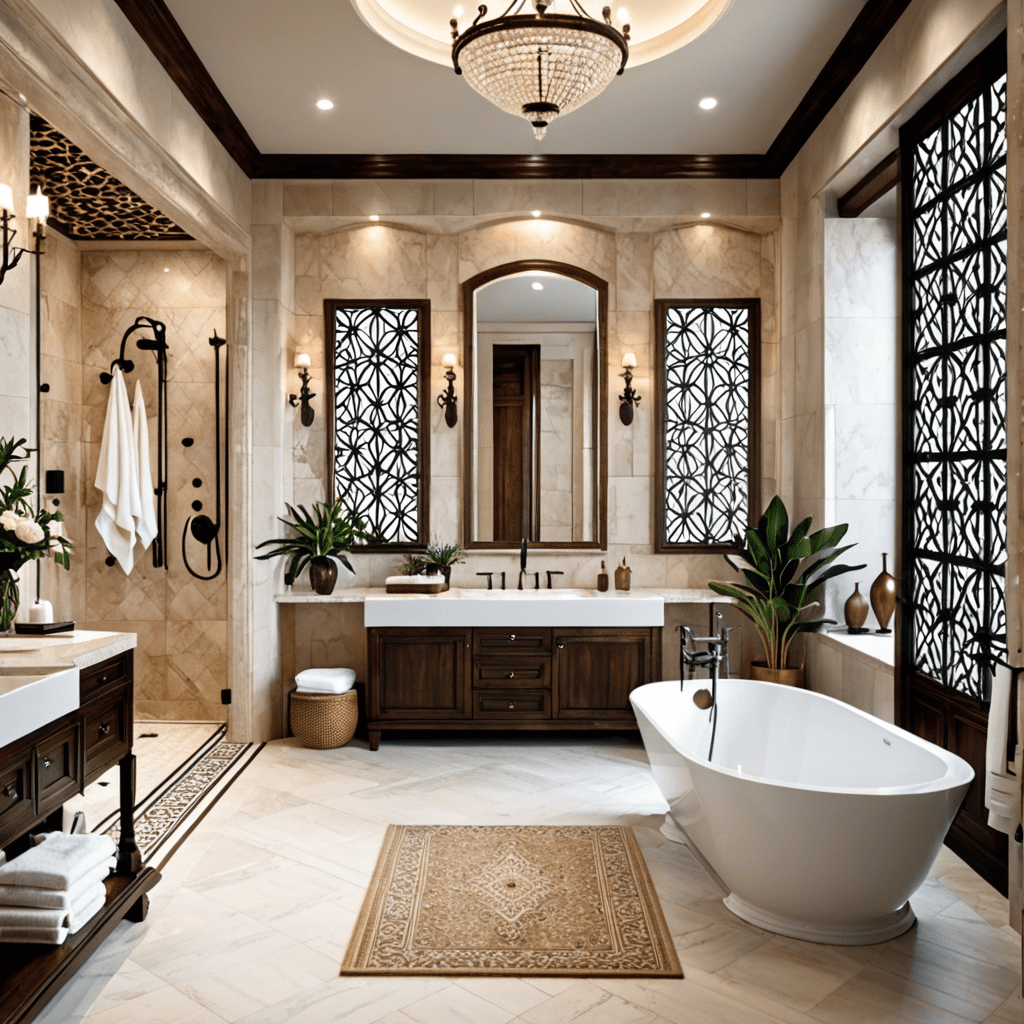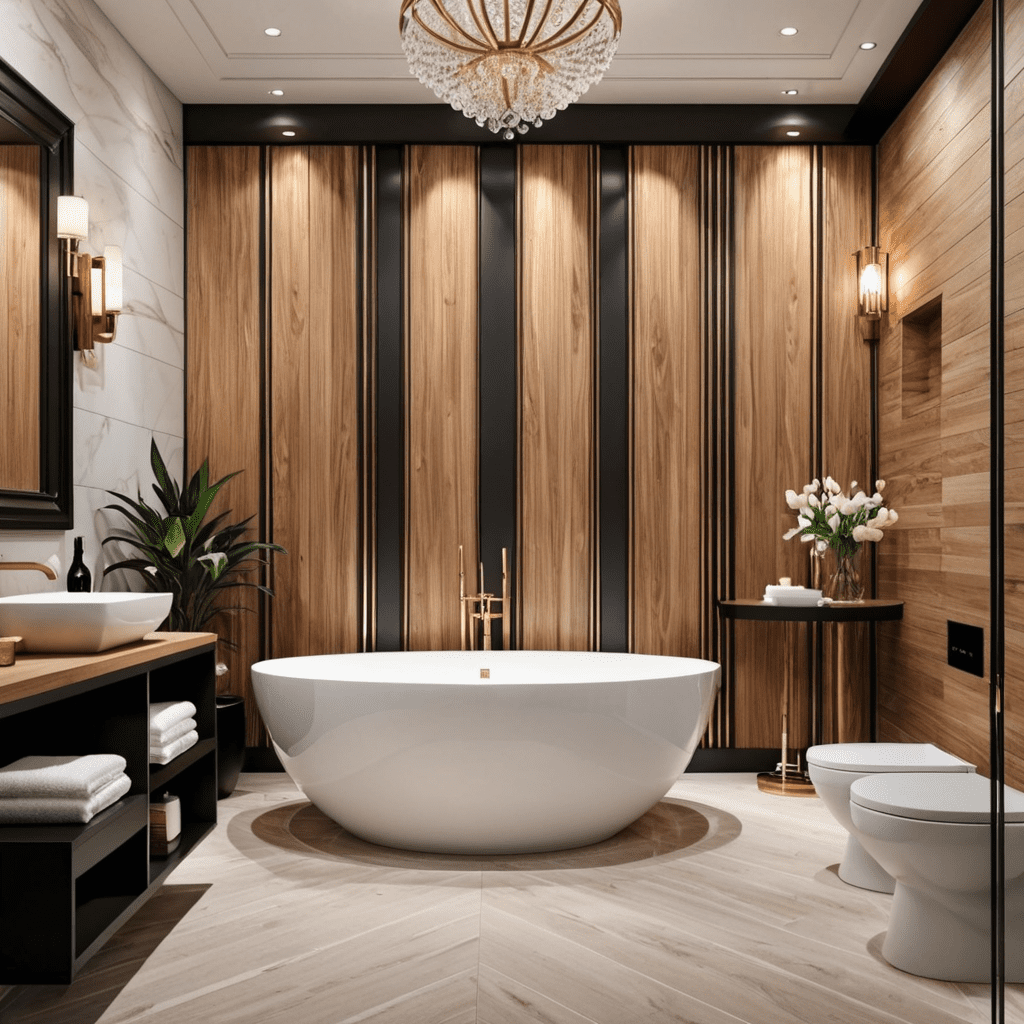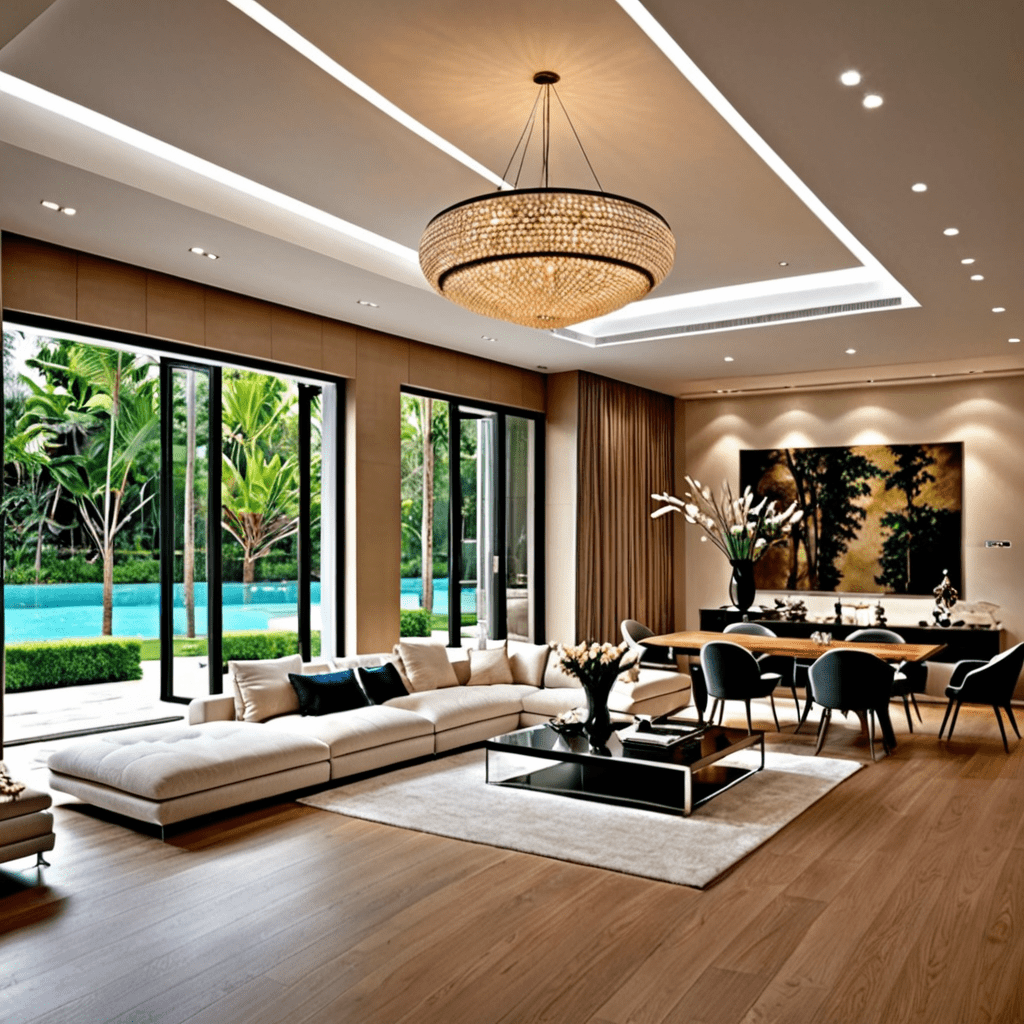How to Create Interactive Lighting
Introduction to Interactive Lighting
In the world of interior design, lighting plays a vital role in creating a comfortable and aesthetically pleasing living space. And it’s not just about having a few lamps or overhead fixtures; interactive lighting takes the concept to a whole new level. Interactive lighting allows you to control and customize the lighting in your home, creating an immersive and dynamic atmosphere that enhances your overall experience. In this article, we will explore the key elements of interactive lighting and provide practical tips on how to incorporate this innovative lighting solution into your space.
Key Elements of Interactive Lighting
Interactive lighting is all about creating an environment that can adapt to your mood and needs. To achieve this, there are several key elements you should be aware of:
1. Smart Lighting Systems
Smart lighting systems are at the heart of interactive lighting. These systems utilize advanced technology such as Wi-Fi, Bluetooth, or Zigbee to connect your lights to a central control hub. From there, you can use a smartphone app or voice commands to adjust the brightness, color temperature, and even create custom lighting scenes. Smart lighting systems offer convenience, flexibility, and energy efficiency, making them an essential element of interactive lighting.
2. Color Changing Lights
One of the most exciting aspects of interactive lighting is the ability to change the color of your lights. Color changing lights come in various forms, including LED bulbs, light strips, and even smart bulbs that can be controlled using your smartphone. With color changing lights, you can create different moods and ambiances in your space, whether you want a relaxing warm glow or a vibrant party atmosphere.
3. Motion Sensors
Motion sensors are another key element of interactive lighting. These sensors can detect movement in a room and automatically turn the lights on or off. This feature is not only convenient but also helps save energy by ensuring that the lights are only on when needed. Motion sensors can be especially useful in areas like hallways, bathrooms, and closets where you may not want to fumble for a light switch in the dark.
4. Dimmers and Dimmable Lights
Dimmers allow you to adjust the brightness of your lights to create the perfect ambiance for any occasion. Whether you’re hosting a romantic dinner or watching a movie with friends, dimmable lights provide the flexibility to set the mood just right. When choosing dimmable lights, make sure to check if they are compatible with your smart lighting system or if you need to install separate dimmer switches.
Tips for Interactive Lighting
Now that you’re familiar with the key elements of interactive lighting, let’s dive into some practical tips on how to incorporate this technology into your space:
1. Consider Your Needs and Lifestyle
Before diving into the world of interactive lighting, take some time to consider your needs and lifestyle. Are you someone who enjoys hosting parties and gatherings? Or do you prefer a quiet and cozy atmosphere for relaxation? Understanding your preferences will help you tailor the lighting to suit your specific needs. Make a list of the activities you typically do in each room of your home and think about how lighting can enhance those experiences.
2. Choose the Right Bulbs and Fixtures
When selecting bulbs and fixtures for your interactive lighting system, pay attention to factors like color temperature, brightness, and compatibility with your smart lighting system. LED bulbs are a popular choice for their energy efficiency and longevity. Additionally, consider the style and design of the fixtures to ensure they complement your overall interior design.
3. Experiment with Lighting Scenes
One of the advantages of interactive lighting is the ability to create custom lighting scenes for different occasions. Take advantage of this feature by experimenting with different combinations of brightness, colors, and even animation effects. Create a cozy reading nook with warm, dimmed lights or set the stage for a movie night with cool, blue hues. The possibilities are endless, so don’t be afraid to get creative and try out different lighting scenes.
4. Automate Your Lighting
To fully embrace the convenience of interactive lighting, consider automating your lighting system. Set schedules to turn the lights on and off at specific times or sync them with other smart devices in your home, such as motion sensors or smart thermostats. Automation not only saves you time and effort but also enhances the overall functionality and cohesiveness of your smart home ecosystem.
5. Seek Professional Guidance
If you’re unsure about the technical aspects of setting up an interactive lighting system, don’t hesitate to seek professional guidance. Many interior designers and lighting experts specialize in smart home technology and can help you design a lighting system that seamlessly integrates with your space and meets your specific needs. They can provide valuable insights and recommendations to ensure a successful installation and setup.
FAQ about Interactive Lighting
Question 1: How do I control my interactive lighting system?
– Answer: Interactive lighting systems can be controlled through smartphone apps, voice assistants, or dedicated control panels. Depending on the system you choose, you may need to set up a central control hub that connects to your lights and enables remote control.
Question 2: Can I synchronize my interactive lighting with other smart devices in my home?
– Answer: Absolutely! Many smart lighting systems offer integration with other smart devices, allowing you to synchronize your lights with thermostats, speakers, or even your TV. This allows for a cohesive and immersive smart home experience.
Question 3: Are there any privacy or security concerns with interactive lighting systems?
– Answer: As with any smart home technology, privacy and security should be a top priority. Make sure to choose reputable brands and follow recommended security practices, such as using strong passwords and keeping your firmware up to date. It’s also a good idea to research the privacy policies of the manufacturer to understand how your data is handled.
Question 4: Can I install interactive lighting in my existing home, or is it only suitable for new constructions?
– Answer: Interactive lighting can be installed in both new constructions and existing homes. Retrofitting an existing space may require some additional planning and wiring, but it is definitely possible. Consult with a professional to determine the best approach for your specific situation.
Question 5: How much does an interactive lighting system cost?
– Answer: The cost of an interactive lighting system can vary depending on factors such as the size of your space, the number of lights you want to control, and the complexity of the system. On average, you can expect to spend a few hundred to a few thousand dollars for a comprehensive interactive lighting setup. It’s important to consider the long-term energy savings and the enhanced experience when evaluating the cost of the system.
In conclusion, interactive lighting is a powerful tool that can transform your living space into a personalized and immersive environment. By understanding the key elements of interactive lighting and following practical tips, you can create a unique ambiance that enhances your everyday experiences. So why settle for ordinary lighting when you can have a dynamic and interactive lighting system that adapts to your needs and preferences? Start exploring the world of interactive lighting and unlock the true potential of your home.





